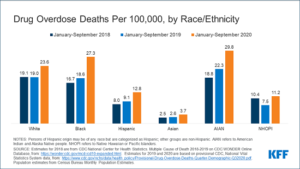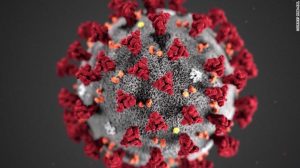Social inequality was “recorded on the bones” of the medieval residents of Cambridge, England, a new study of hundreds of sets of human remains in the city has revealed.
Researchers studied the remains of more than 300 individuals from a variety of social backgrounds, buried in three different city cemeteries from the 10th to the 14th centuries.
The team from the University of Cambridge examined bones from a parish graveyard for working people, a charitable hospital where the ill and destitute were laid to rest, and a friary for the wealthy, detailing every break and fracture to create a barometer of social inequality.
X-ray analysis of the bones revealed varying levels of hardship — accident, occupational injury or violence — across the social spectrum.
Of the three sites, remains excavated at the Hospital of St. John the Evangelist — a 12th-century house for the needy — contained the fewest fractures. Many residents had skeletal evidence of chronic illnesses like tuberculosis, and would have been unable to work.
Some 44% of working people had bone fractures, compared with 32% of those in the friary and 27% of those buried by the hospital. Meanwhile, bone fractures were more common in men (40%) than women (26%).
“By comparing the skeletal trauma of remains buried in various locations within a town like Cambridge, we can gauge the hazards of daily life experienced by different spheres of medieval society,” said Jenna Dittmar, lead author of the study, published Monday in the American Journal of Physical Anthropology.
“We can see that ordinary working folk had a higher risk of injury compared to the friars and their benefactors or the more sheltered hospital inmates,” Dittmar, a research associate at the University of Cambridge’s McDonald Institute for Archaeological Research, said.
“These were people who spent their days working long hours doing heavy manual labour. In town, people worked in trades and crafts such as stonemasonry and blacksmithing, or as general labourers. Outside town, many spent dawn to dusk doing bone-crushing work in the fields or tending livestock,” she added.
The team found that physical trauma was prevalent across the social spectrum — but things were toughest for the poorest people, who bore the brunt of physical labor.
Still, the most extreme injury was spotted on a friar, who had complete fractures halfway up both his femurs, while violence-related skeletal injuries were found in about 4% of the population.
“We can see this inequality recorded on the bones of medieval Cambridge residents. However, severe trauma was prevalent across the social spectrum. Life was toughest at the bottom — but life was tough all over,” Dittmar added.




